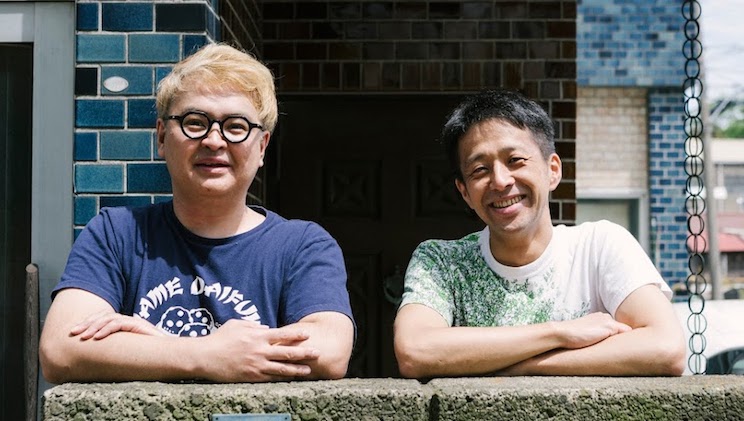“nihonbashi β” Idea Workshop Report: Mind-twist out ideas to create the ”Mirai-no-Noren (Norens of Tomorrow)!”
“nihonbashi β” Idea Workshop Report: Mind-twist out ideas to create the ”Mirai-no-Noren (Norens of Tomorrow)!”

“nihonbashi β” started as a joint project to connect young creators with the town of Nihonbashi. As the first in a series of this project, under the theme of “Mirai-no-Noren,” young creators are to create a noren (traditional Japanese store curtains) for stores in Nihonbashi over the course of about 3 months. First, we invited creators who continue to take up challenges of their respective industries as our instructors, and together with famous stores in Nihonbashi, held a total of 3 workshop programs to create a new experience in Nihonbashi. Since we highlighted the launch event last time, for this feature we would like to detail the workshop process.
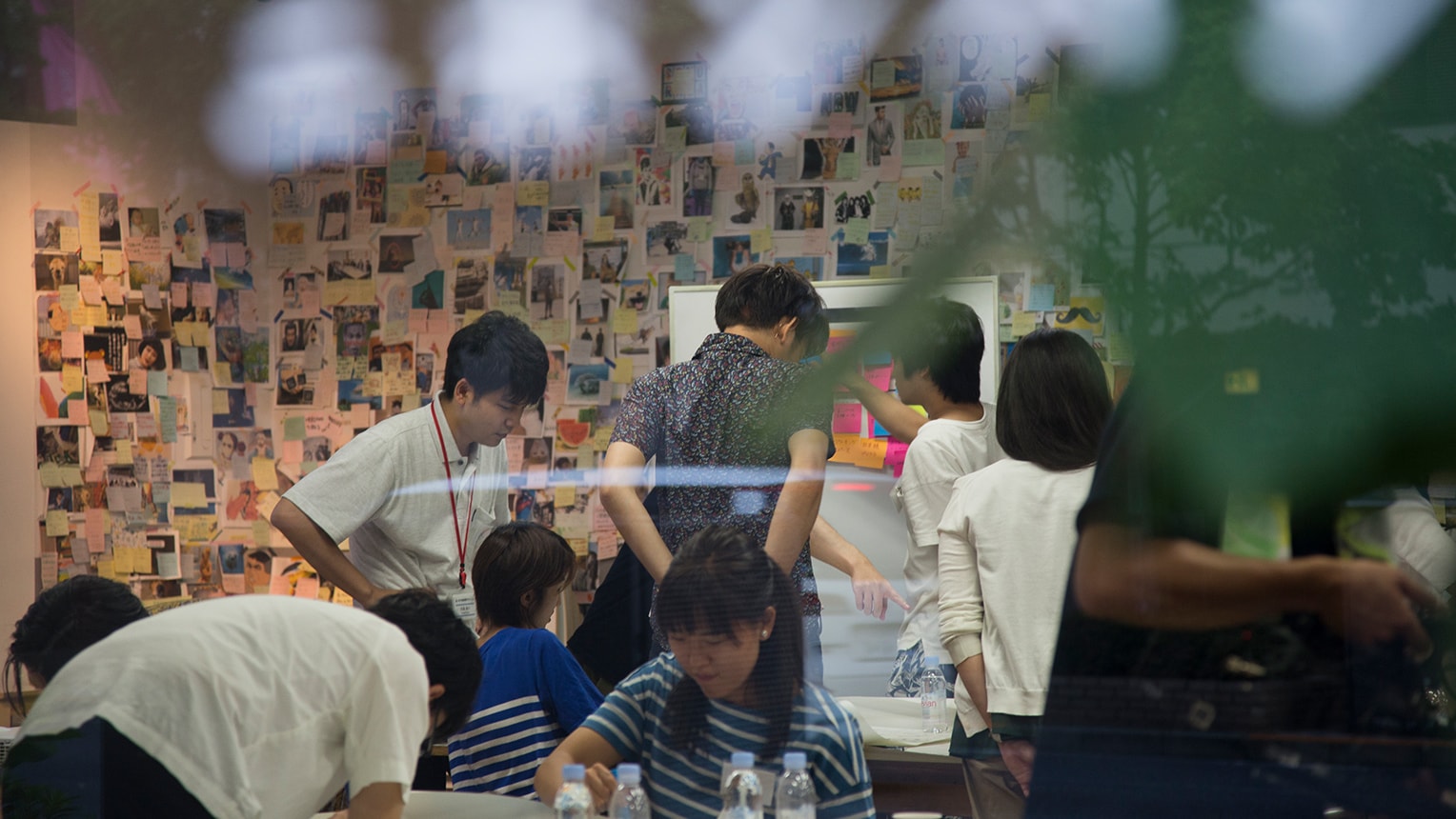
New Norens to Advocate the Future of the Town
This program adds “innovation” to the preexisting ideas of Nihonbashi such as “tradition” and “history“ in order to try and spread new information about this area. The Norens of Tomorrow created from this workshop will be displayed under the title of “Mirai-no-Noren Exhibition” at the following stores from November 1st to the 11th, 2018: the Coredo Muromachi, the Ninben Nihonbashi Main Store, the Mandarin Oriental Tokyo, and the Mitsui Garden Hotel Nihonbashi Premier. Through a joint collaboration between young creators and the representative stores and facilities of the area, this will bring new life to the town of Nihonbashi.

The workshop consists of inputs by way of lectures on “fashion x innovation” and “interface design” by various creators as the instructors, and group work where young creators and store representatives work in teams and throw ideas at each other. After which the members summarize and present their ideas at the end of every workshop. The noren created from these series of workshops will be displayed at the participating stores and facilities. Since the stores require works that increase their branding, the workshop processes are about improving the quality of ideas.
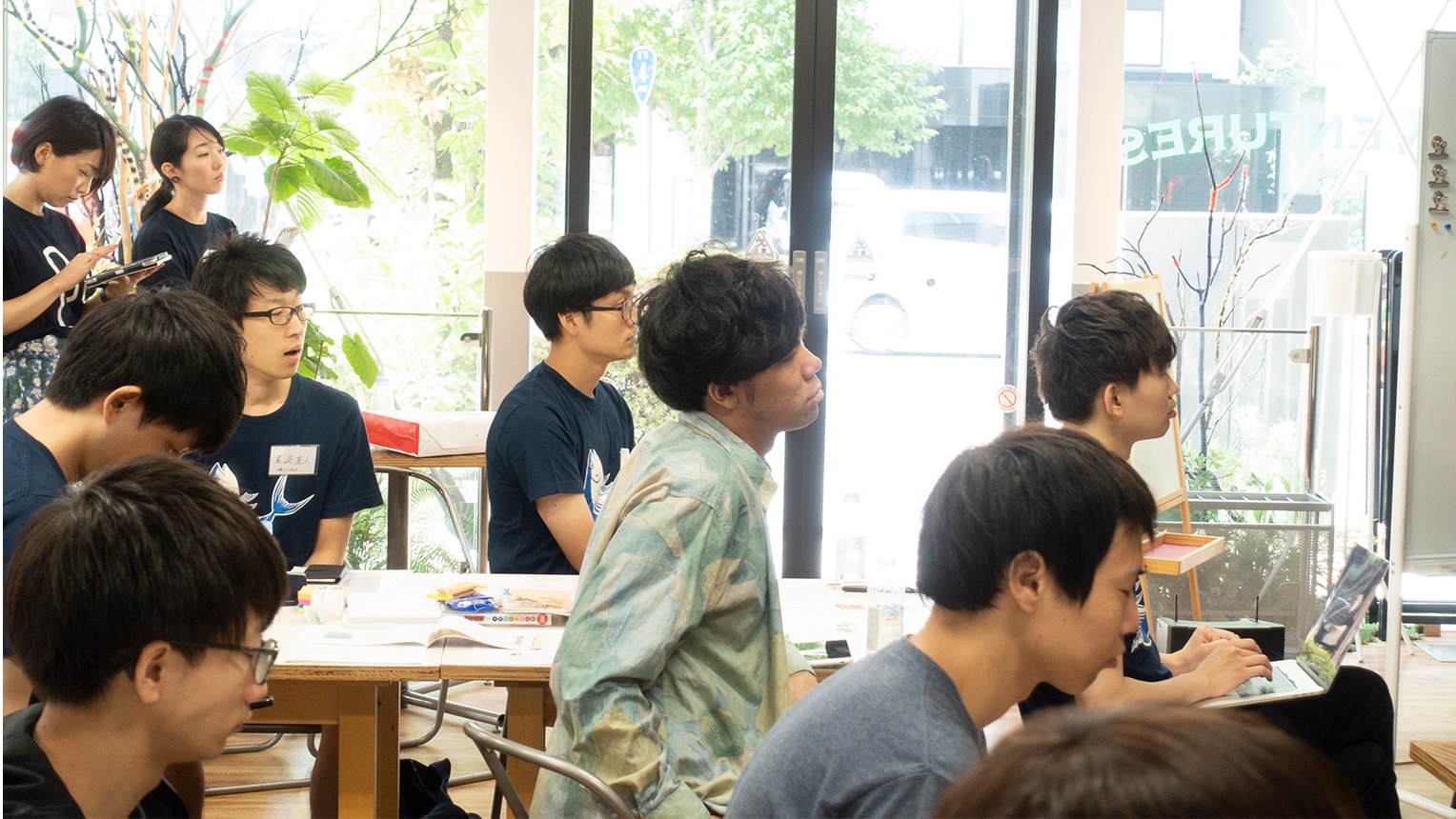
Episode 1: Turning Nihonbashi into a Creative Town
August 4, 2018 @ Clip Nihonbashi
Creators must first look at a noren as the interface between a town and a store, then learn about Nihonbashi and the relationship between cities and creativity. Mariko Nishimura, the representative of HEART CATCH, and Tai Yamazaki, the director of JDN Inc., took the stage to present the first day’s lecture regarding global innovation.
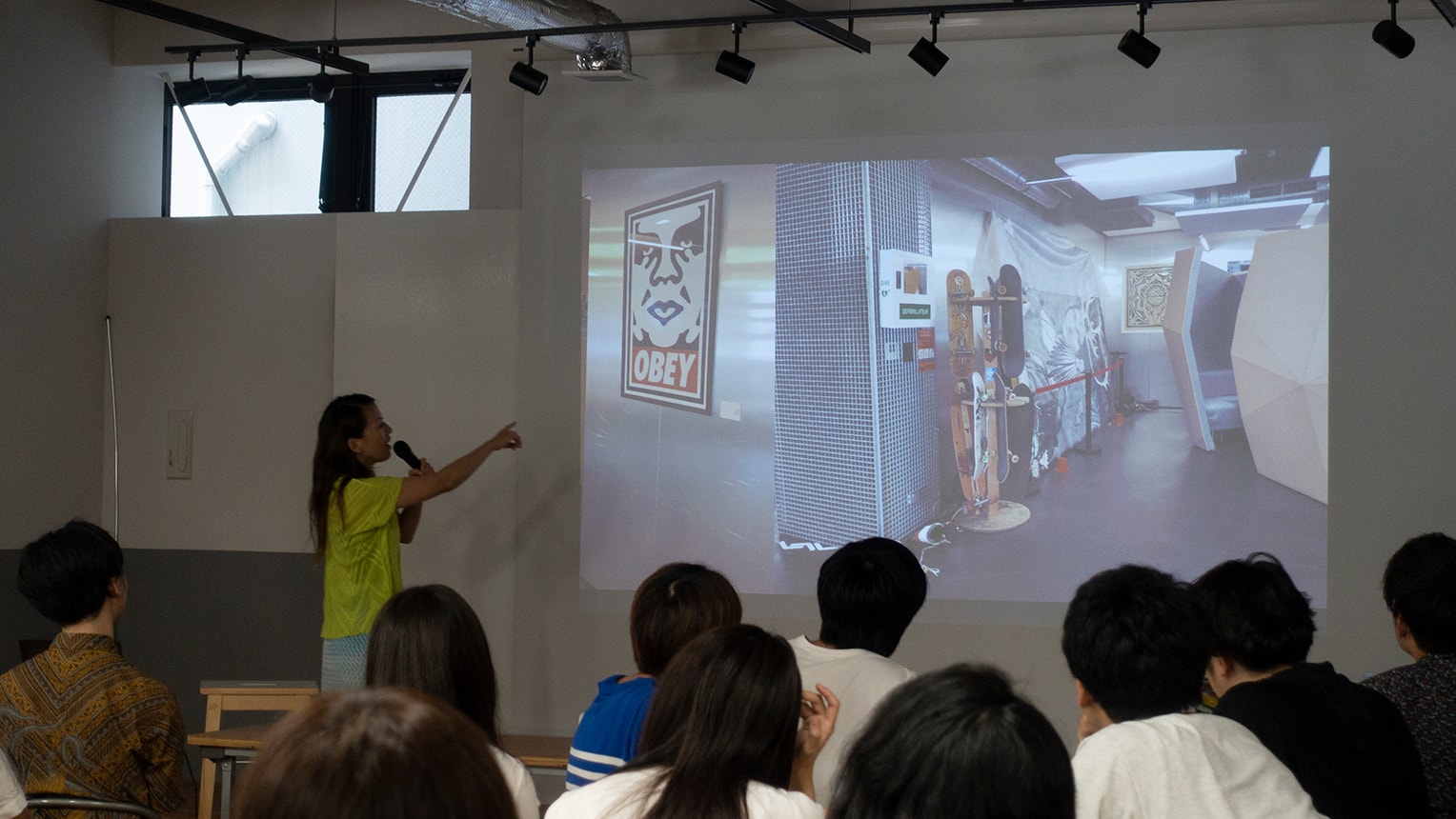
Mariko Nishiura (HEART CATCH)
Nishimura-san, well-versed in technological creativity, presented case studies from around the world to the young creators. And in connection with the noren being displayed on street corners, she also talked about her recent interest in street art. From JDN’s Yamazaki-san, was a lecture about the world’s largest design festival in Milan, Italy, the “Milano Design Week.” As he layered and compared the maps of Milan and Tokyo, he explained to the young creators regarding the details of scale whenever a design is introduced to a city.
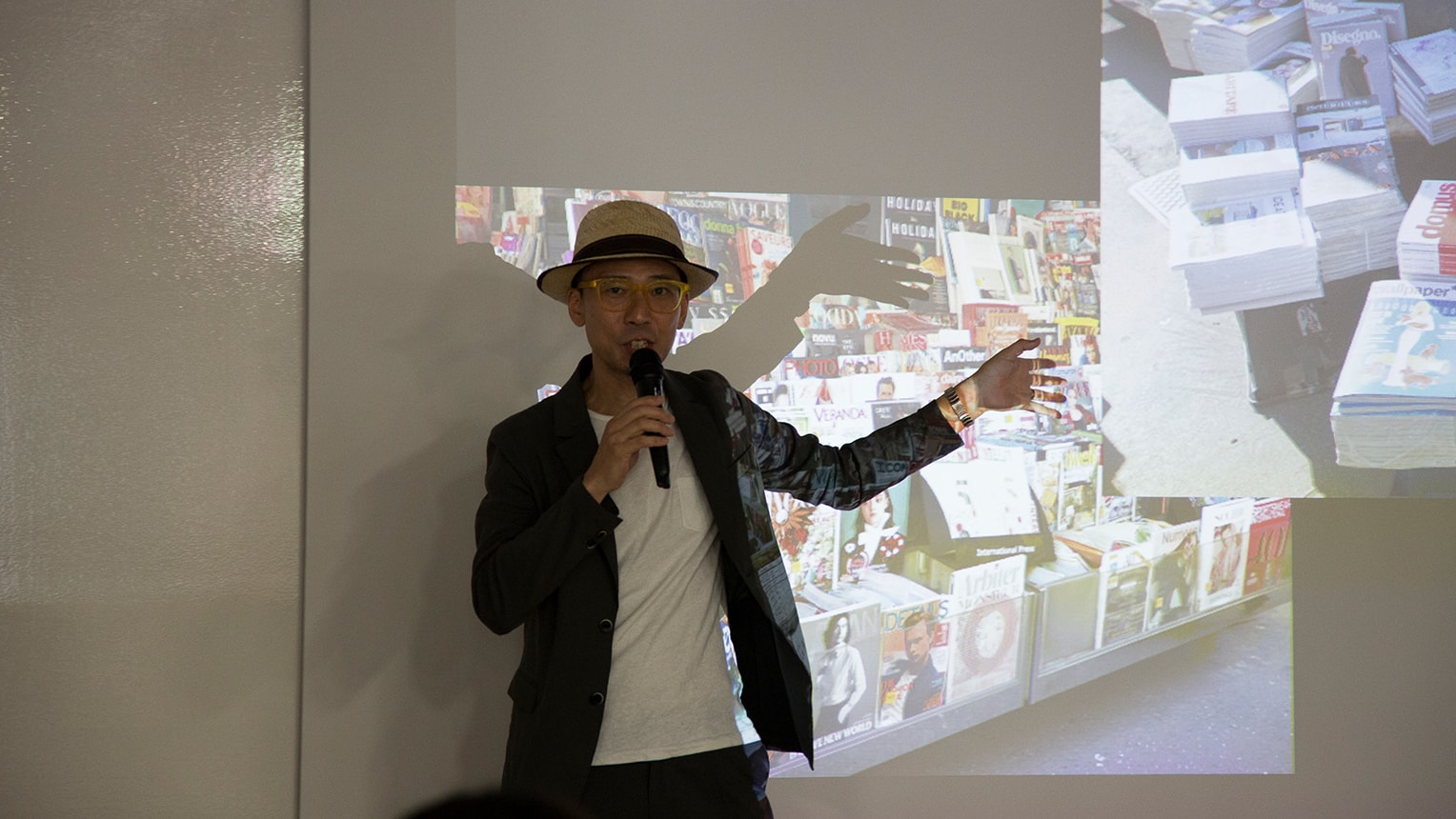
ai Yamazaki (JDN)
Layering and Presenting Ideas
The workshop for discussing ideas will proceed separately in the aforementioned four teams: the Coredo Muromachi, the Ninben Nihonbashi Main Store, the Mandarin Oriental Tokyo, and the Mitsui Garden Hotel Nihonbashi Premier. The sixteen participants, all carefully selected from open application, are young creators and hopefuls in their respective fields. This is will be an important opportunity for them to present their ideas.
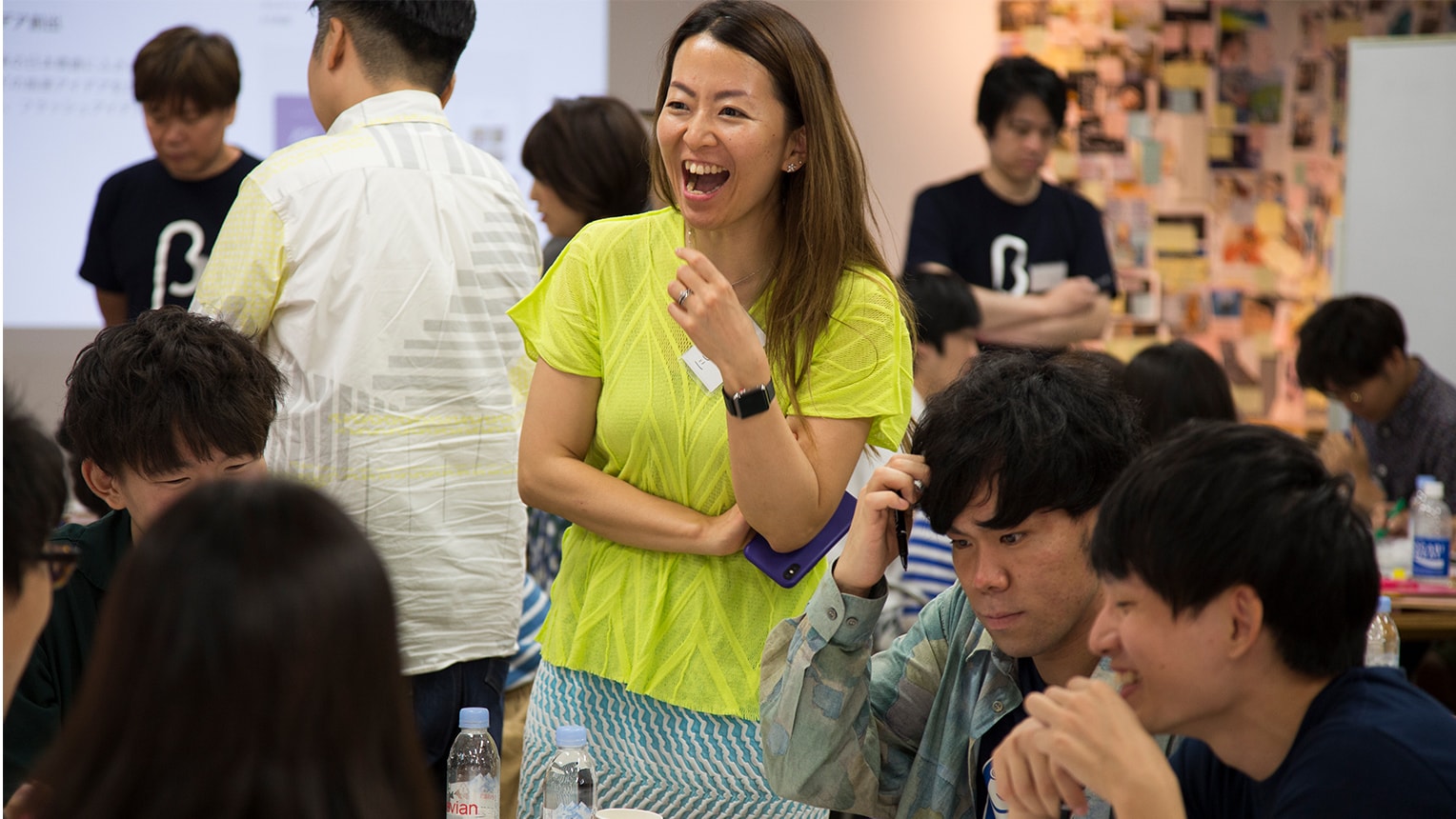
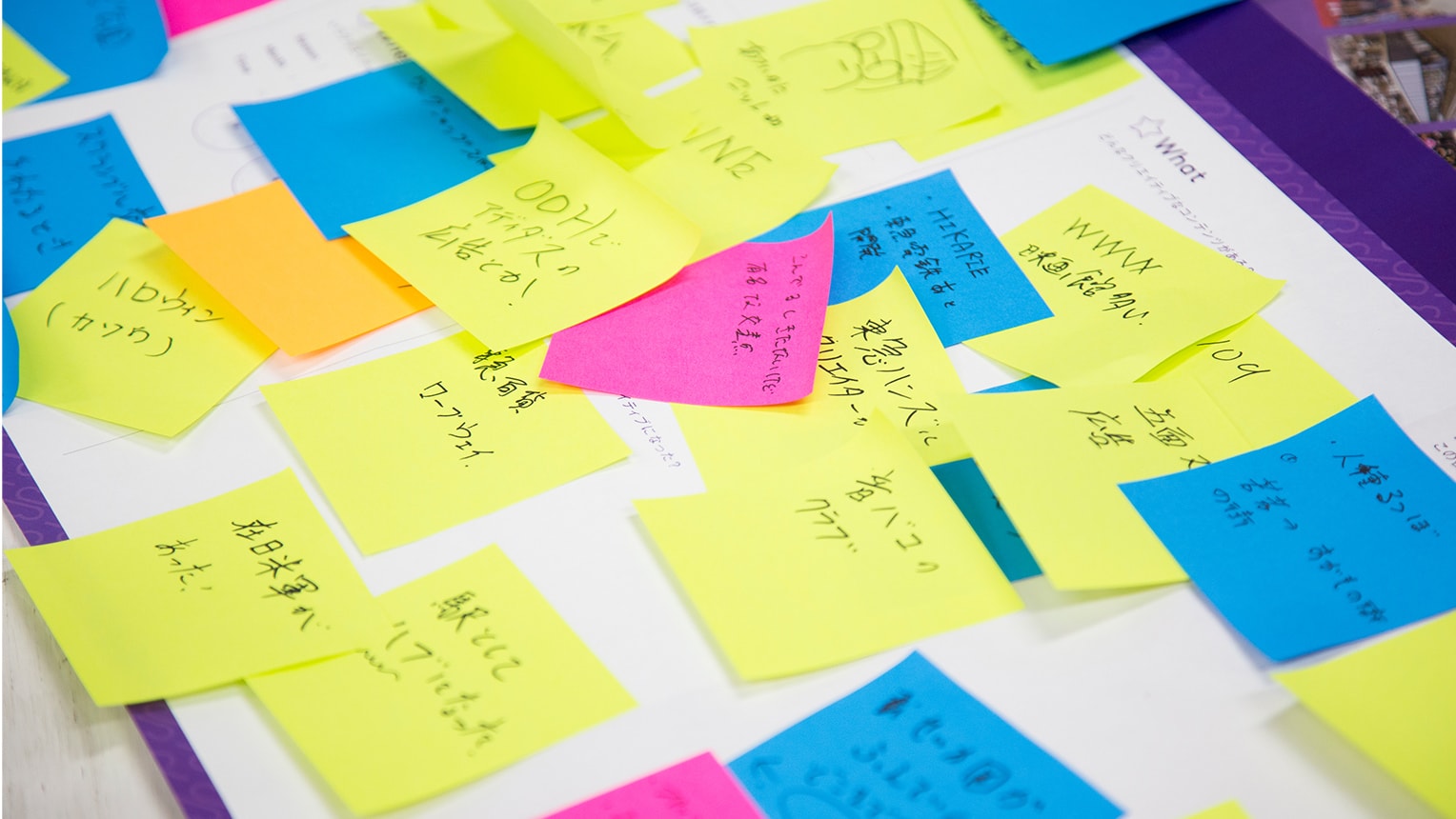
Under the theme of a “creative town,” a workshop regarding the discussion of ideas on how to brand Nihonbashi was held. And though the participants were mostly hesitant and low-key since this was still in the initial stages, when given the chance to state their opinions, many interesting ideas sprang up. The winner this time was an idea about applying a modern interpretation of the alternating attendance system from the Edo period into the town of Nihonbashi. All ideas were interesting to the enjoyment of the instructors.
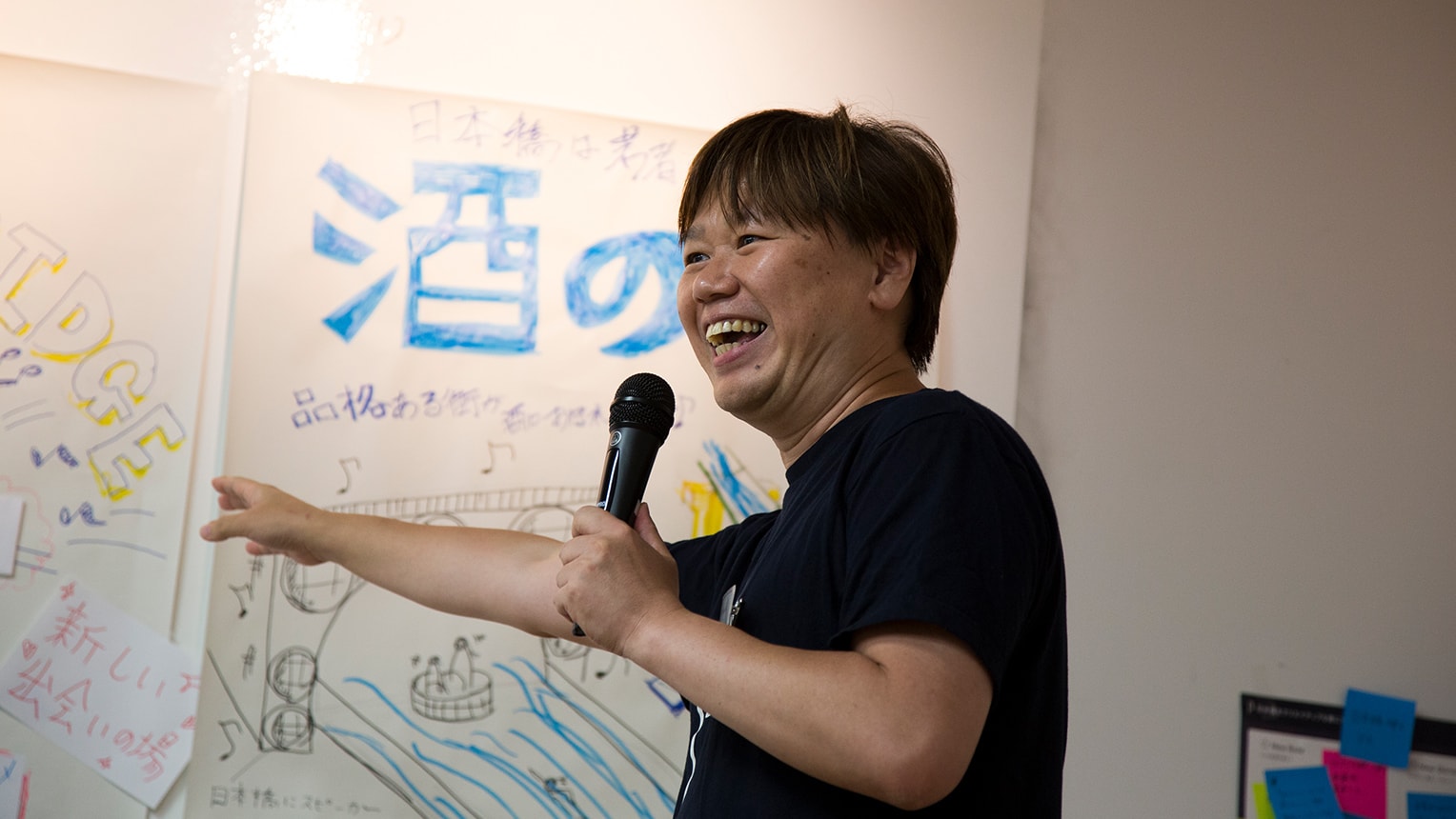
nihonbashi β project Representative, Masayoshi Boku (Bascule)
Episode 2: Brand x Innovation
August 25, 2018 @ 31 Builedge YAESU
Our lecturer at the podium for the second day was Yuima Nakazato, a fashion designer who has worked with the Grammy Award-winning hip hop group, Black Eyed Peas as their costume designer. Due to having an handled fabric-based products similar to noren, he showcased his knowledge on how to approach these materials. Along the way, he shared bits and pieces of his own personal experiences, which inspired the participants.

Yuima Nakazato (YUIMA NAKAZATO)

He spoke about his understanding of the main theme regarding the “future,” of the Norens of Tomorrow:
“This is something I learned from my experiences in making clothes, and I believe that being able to do what used to be impossible is, in a sense, the future. But, one of the problems we always encounter in production is the cost. For example, cost was a serious issue when customizing clothes, so it was never actualized. But as I looked over the traditional production processes that used needles and threads, I came to the conclusion that we needed to change how we think about the “concept” of cost. I am currently developing a production system to challenge the future of mass customization.”
Nakazato-san who is also successful in the entertainment industry, commented on the value of having creators with diverse backgrounds coming together, like in “nihonbashi β”:
“All the young participants here today have various backgrounds. Having the opportunity to not only discuss, but also work in random teams would be an experience you won’t come across much once you’re older. Nihonbashi, with its history and “formal” branding, might have been hard for young creators to “work with” in the past. And that might of been how [Nihonbashi] kept some of its qualities, but as the town becomes more open from here on forth, I am thinking that a merging between history and new cultures would create a chain reaction.”

Changing Perspectives as a Key to Branding
For this workshop, the creators will study branding and innovation using the established and long-standing stores of Nihonbashi as their subject. The organizer of this project, Bascule, have thoroughly and meticulously designed the workshops, even providing items to help inspire the participants. They have created a simple system to inspire random ideas by having creators randomly pick up what look like playing cards but having elements for inspiration. They also had participants wear iconic masks before a presentation.


Taking on a different persona makes it easier to say things that are otherwise difficult to say, and freely critiquing each other also improved the quality of the work.


At the end of the workshop, each team presented imaginative ideas on how to draw customers to these prestigious stores. Since production was not the focus at this stage, there were many unexpected ideas, free and unclouded from the actual production process.



Episode 3: Setting the Concept of Noren
September 8, 2018 @ Clip Nihonbashi

On the third day of the workshop, creators presented ideas to use in their general framework of the final production. It began with a lecture by web designer, interface designer, and video director, Yugo Nakamura. Nakamura-san, well-versed in visual expression, shared his knowledge and expertise regarding texture in making noren.

ugo Nakamura (tha ltd.)
“I feel that textures of the intangible can be felt through visible phenomena. So even in visual artworks including animation, you can literally feel the soul through its movement. Even if you can’t find something tangible, you can feel that “there is anima” just within the movement itself. I think that we can get closer to our subject by seeing the texture of its soul,” says Nakamura-san. His lecture was extremely stimulating for the participants and made them think further about how to work with the texture of noren.
Nakamura-san commented on what is important when creators work within regional communities.

“If it were up to me, I’d start by re-wiring my mind. Instead of being the sole creator, I would think to be a collaboration between the people in the community. Also, the things that we see in our daily lives don’t necessary have to be unique. What’s important is that we don’t ‘not like’ them. I eliminate what I don’t want rather than adding on. For example, we all rather keep power outlets and cords out of sight don’t we [laughs]? I eliminate those elements and make them look more stream-lined.”
The Gentleness Embracing the Inside and Outside
Next we have Arata Nakamura from Nakamura Inc. take stage, who handled the planning, design, and production of the noren project. Nakamura-san is the only designer in the country who specializes in designing noren. The projects he has worked include “Coredo Muromachi,” “Aqua Ignis Kataoka Hot Spring,” “Kinugawa-onsen Station Renewal,” and “Nihonbashi Dainoren Project.” He has created noren with the sensibilities of traditional Japanese design while matching it to modern architecture. We were able to hear a professional opinion on the historical and cultural backgrounds of noren.

Shin Nakamura (NAKAMURA)

“Noren is a culture sprung out of the lives of common people. Unlike a tea ceremony, it’s very lenient and doesn’t have any set rules. Norens can be two things. One, as an “advertisement with the store’s name.” And two, as a “thing separating the inside and outside, but isn’t a wall,” so as to still be able for us to sense that a person is behind it. ‘Inside and outside’ are important keywords and are called a duality. Duality mixes elements in creating a unique culture. For example, the Kanji, born in China, coexists with the hiragana that was born in Japan. That kind of unique culture of Japan is noren-like. Also, noren is considered a culture unique to Japan among foreigners, even if they might not know its name.
Nakamura-san commented on the production process of noren.
“Most of the noren is ordered via online printing services. However, there are still rooms for improvement regarding the communication process. That’s why we want to meet our customers face-to-face to talk about the design before we propose an idea. That’s why we also try as much as possible to have our customers see the fabric up close. The production period depends on the project, but a single piece takes about three weeks to a month and a half, including sample production. However, embroideries or special orders for overseas exhibitions takes about two to three month from the initial meeting. The production period for these Norens of Tomorrow were pretty short, so it’s nerve-racking [laughs].”
Arata Nakamura will be joining the “Edo Tokyo Kirari Project” as a major brand in Tokyo to spread the value and fascination of Tokyo and will be putting even more effort in spreading the use of noren in 2020.
For a Norens of Tomorrow, Unique to Nihonbashi

The presentation on the last day of the workshop will be about the initial proposals of the Norens of Tomorrow that the creators will be making. This is the moment where all the knowledge they’ve gained from the three days of lectures and teamwork would come into play. Each team read the information on the stores they are responsible for, and wrote out relevant words on numerous post-its. From there, they created proposals such as “a thousand-crane Nihonbashi maples” and “noren that can come together with the change in nature and history.”


Yugo Nakamura, Arata Nakamura, and Masayoshi Boku evaluated the young creators’ proposals and pointed out things such as how they will have to think of not only letting their imaginations run wild, but the actual production process, what the core idea is, and the design for it to function as a noren. It exposed parts that couldn’t get past being just an idea, and many proposals were found to be difficult to actualize and required reconsideration.
Starting next time, the noren production will go through an evaluation process in three stages. The noren proposals presented will be brushed up so that it can be displayed. And we are curious as to how the young creators’ rich ideas will come to fruition.

Interviewer & Article: Kentaro Takaoka / Photographer: Kohei Kawatani (First & Third Workshops) Mayumi Hosokura (Second Workshop)
First Appearance: JDN
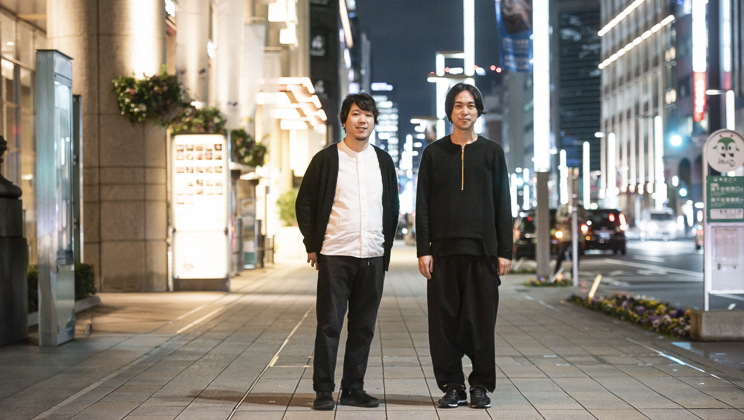

.jpg)
